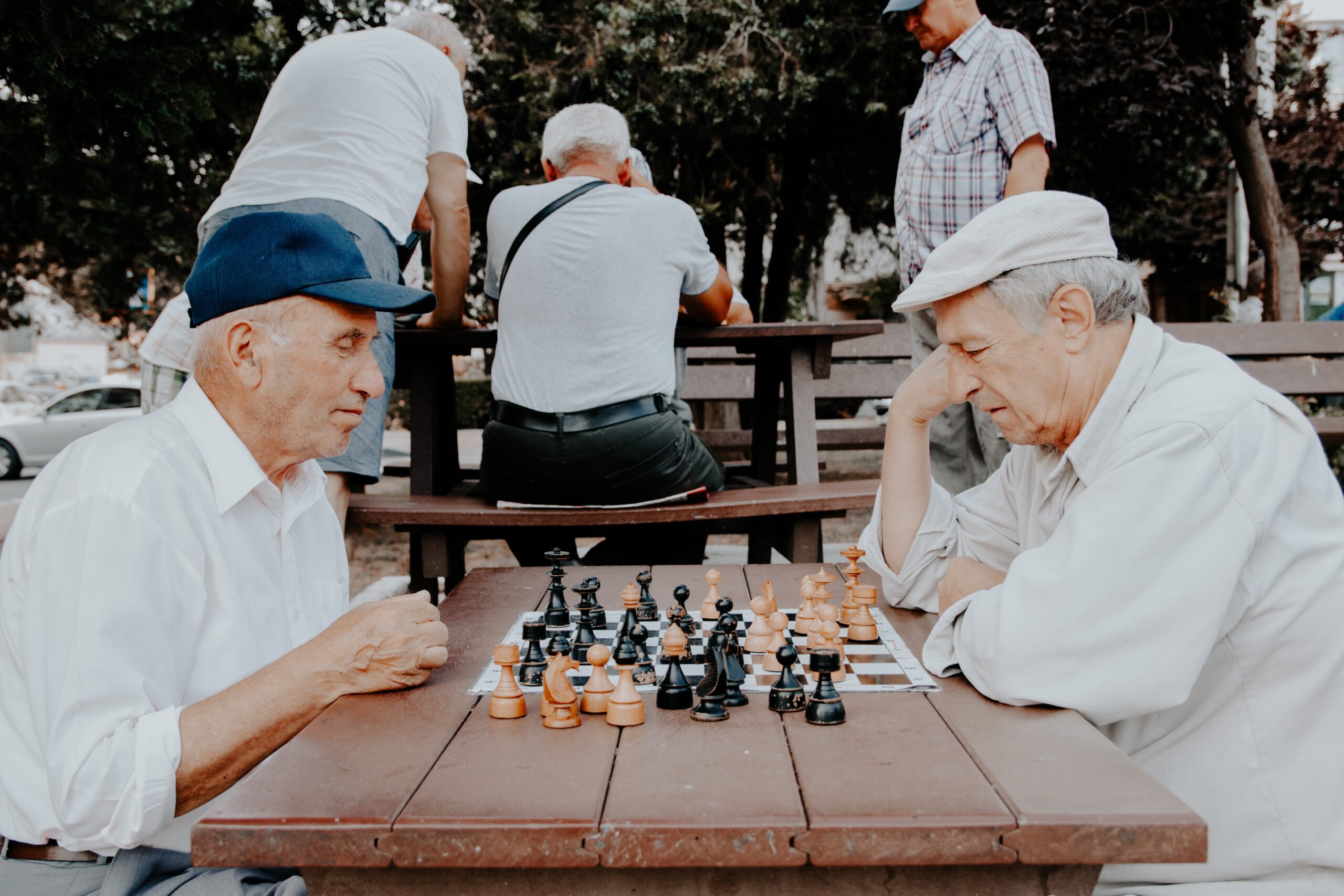Back to an analog world
Not so long ago, many aspects of our lives were a lot simpler – work meetings were in person, pen and paper were used to take orders at restaurants and cash was most definitely the most common method of payment. Everyone was well adapted to those methods.
So, when new technologies started to emerge, many found it hard to adjust, especially elderly people who have spent their whole lives working and living face-to-face.
New technologies in a post-pandemic world
For many years, technology has been dramatically developing. In terms of communication, social media was introduced, followed by networks such as LinkedIn, which facilitated the job market. Digital websites for restaurants where customers can visualise menus and book tables were also launched.
After the pandemic, even more innovations were introduced into our lives to minimise human contact: meetings became fully online, university courses started offering entirely digital degrees, and restaurants launched QR codes for contactless ordering and payment. Not only that, but several businesses became cashless.
While so many of us can view these progressions as positive changes, it’s important to consider how these technological enhancements affect older people’s lives.
How have new technologies impacted the elderly?
A high number of older people have mentioned feeling left out from the digital world. While it is undeniable that technology has brought benefits for older people in terms of communication with family and friends during the pandemic, it is important to note that new technologies have also made their lives ten times harder.
A focus group conducted by Frontiers in Psychology found that older adults between 65-76 years old are willing to learn how to use new digital developments but are scared of the lack of instructions and complexity.
It’s arguable that human service and interaction can truly transform the hospitality experience. For instance, 5 Star restaurants or luxury boutiques regard service as essential as it makes the customer feel important, ultimately impacting their business positively. This kind of experience is why many people would rather go to a physical store or go to restaurants instead of ordering.
How can we support the elderly using new technologies?
Technology has certainly helped the world in many ways. It’s clear that young generations are in charge of helping older people to adjust to new technologies that will facilitate their lives; yet as businesses keep rapidly innovating, it is also their duty to support older people.
As the world evolves, elderly have difficulties in catching up with the pace of technology. Businesses who specially receive a considerable amount of older people visiting their venue should consider carrying workshops in order to help them, even if it is as little as once a month – people help the people.
In regard to food & beverage companies specifically, a good idea to be inclusive, is to offer both methods of service. Perhaps a QR code menu in which you can order from, but also a physical menu and a staff member for those who need it.
Get in touch with Posh Cockney for innovating ideas on how to make your business accessible for all.















